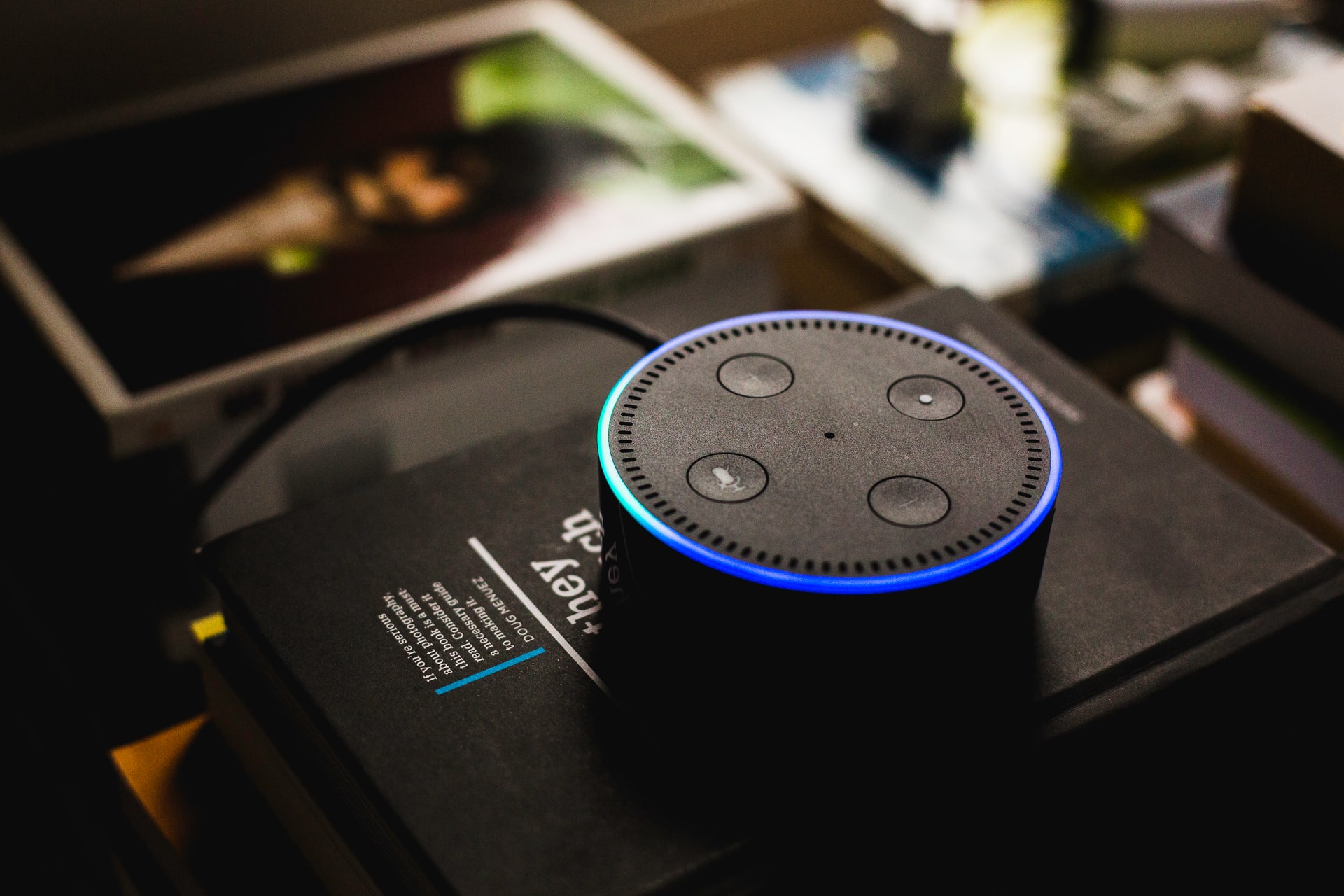As AI and Natural Language processing become a large part of our technology and everything we do, we see user experience embracing these in improving the way humans interact with tech, get things done and use different products. We all know how crucial user experience is these days and a major part of user experience is the interface that sits between a user and a service. To make the interface and human-computer interaction more seamless and efficient, designers adopt different approaches, one of which is Conversational Interface UI.
Conversational User Interfaces attempt to simplify the communication struggle that exists between humans and machines using natural spoken language.
Conversational interfaces (CUI) are platforms that mimic a conversation with an actual human. Historically, computers have relied on graphical user interfaces (GUI) such as the user pressing a “back” button to translate the user’s desired action into commands the computer understands. Instead, Conversational provides an opportunity for the user to communicate with the computer in their natural language rather than in syntax-specific commands.
Since the inception of computing technology, there has been a struggle to seamlessly make the communication between man and computer easy through natural spoken language – integrating a system that is intuitive and natural for man, removing barriers that exist. Conversational UI is closing the gap now by creating interfaces that bring a human touch with them.
The conversational interface is an interface design that allows users to chat with either actual humans or bots, facilitating minimal friction experiences for a user working with a computer. The goal is to make interfaces beyond GUI interfaces more accessible for more and more groups of people by removing barriers and friction that exist between products/problem solving and users.
As Nick Babich says in this Shopify post “All GUI interfaces have one major problem — they are artificial creations invented to enable interactions between humans and the computer. People have always had to adapt to interfaces — to learn the rules on how to operate with them.
The problem becomes more apparent if we think about why we use digital products in the first place. As users, we use products to solve specific problems. And when we solve problems, we want to focus on the problem itself, not the interface. But interfaces make the process of problem-solving harder because they introduce a cognitive load on top of the problems.
The closer we get to a natural human interface, the more comfortable we will be solving problems. And the human natural interface is spoken language. It’s one of the first interfaces we ever came up with. And it has always been our favourite kind of interface.”
Conversational Interfaces are currently in use as Chatbots (e.g. Facebook’s chatbot API integrated into Messenger), Voice Assistants (Amazon’s Echo which is being smarter every day, Apple’s Siri & Google’s Ok Google)
Why are Conversational Interfaces so important?
People are better at talking with one another than using technology. When tech and humans interact the way friends talk to each other, then it is easier for humans to get things done and for products to get easily adopted, because users are interacting easily with your product.
With Conversational Interfaces, customer responses and customer service get done in real-time, without stress and with immediacy. For example, chatbots take this place by serving as interfaces to handle requests and serve customers. With CNN’s application of this, you can ask about the latest news and get answers immediately.
“There’s more to conversational interface than the way they recognize a voice. Conversational interfaces have kindled companies’ interest by presenting an intelligent interface. The intelligence does not result merely from words being recognized as text transcription, but from getting a natural-language understanding of the intentions behind those words. The intelligence also combines voice technologies, artificial intelligence reasoning and contextual awareness.” – Maruti Tech Labs
This piece was first published on Acumen Digital’s blog.
